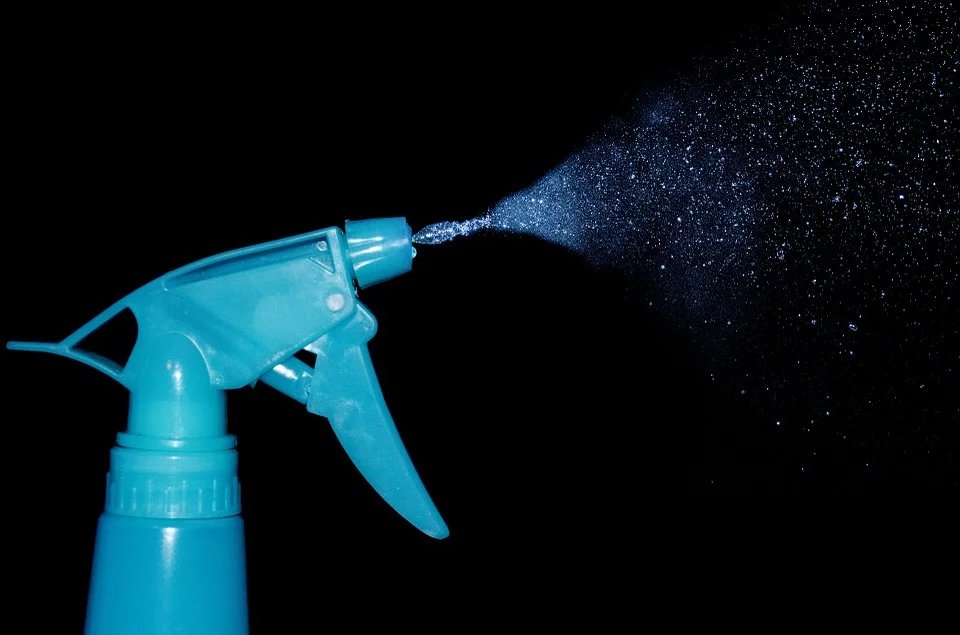Mice kept in environments with 40 to 60 percent relative humidity have much less ability to transmit viruses to non-infected mice. Researchers from Yale University made this conclusion after finishing their review study. The findings were published in the journal Annual Review of Virology, and the article is titled “Seasonality of Respiratory Viral Infections.”
Seasonal Variation of Virus Infection
There is the notion that respiratory illnesses vary with the seasons. It seems more people get the flu and colds during the winter cold season. There is evidence for this, as Yale researchers have also shown that the cold, dry winter air helps to spread the coronavirus that causes COVID-19. They also say that as humidity increases during spring and summer, the risk of transmission of the virus through airborne particles decreases both outside and indoors in places such as offices.
“Ninety percent of our lives in the developed world are spent indoors in close proximity to each other,” said senior author Akiko Iwasaki.
“What has not been talked about is the relationship of temperature and humidity in the air indoors and outdoors and aerial transmission of the virus,” Iwasaki said.
Triple Threat of Cold, Dry Air
The cold, dry air of winter has a triple threat, according to Iwasaki. When the cold, dry outside is heated indoors, the relatively humidity drops to about 20 percent. This is great for airborne viral particles of viruses such as COVID-19 to spread.
Secondly, this warm, dry air makes it harder for the cilia, the hair-like projections that line the airways of our lungs, to expel viral particles that we breathe in. Lastly, the immune system’s ability to respond to pathogens is suppressed in drier environments, according to Iwasaki.
Sweet Spot of Relative Humidity
There have also been past studies that showed rodents housed in low-humidity environments pass viral particles to non-infected cage mates more easily.
The answer to all this is to get a humidifier to keep your indoor relatively humidity up. According to Akiko, the sweet spot for the relative humidity is between 40 to 60 percent. Rodents housed under these conditions substantially have less ability to transmit viruses to their cage mates, compare to those housed in low or high humidity environments.
Still Need to Wash Your Hands
However, just having your indoor relative humidity set between 40 and 60 percent doesn’t mean you will not get infected by virus transmission. Just being in close proximity for extended periods of time with an infected person can increase the risk of virus transmission. Also, you can come into contact with the virus if they are deposited on services that are touched often by many people.
“It doesn’t matter if you live in Singapore, India, or the Arctic, you still need to wash your hands and practice social distancing,” Iwasaki said.

